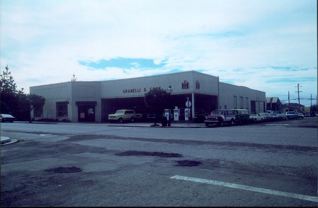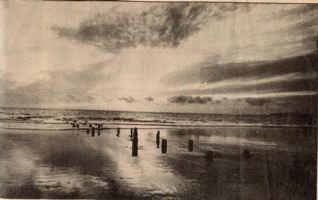At Pete Gianni’s saloon, Rina’s mother met her father. They married and moved to a farm in Princeton across the way from the airport. Rina was born there in 1911.
“We were poor farmers; we never owned any land,” Rina said. Her family later moved to another house near Denniston Creek.
Diversions were few in those days. Even riding the Ocean Shore Railroad to San Francisco for entertainment was expensive. Friends and family gathered in Princeton “to play the accordion and they used a tub to play the drums. When they made red wine, they made gallons of it.”
Rina fondly recalls the “sour bread” her uncle made–and the delicious focaccia. “They put raisins in it God it was good!”
…to be continued…





